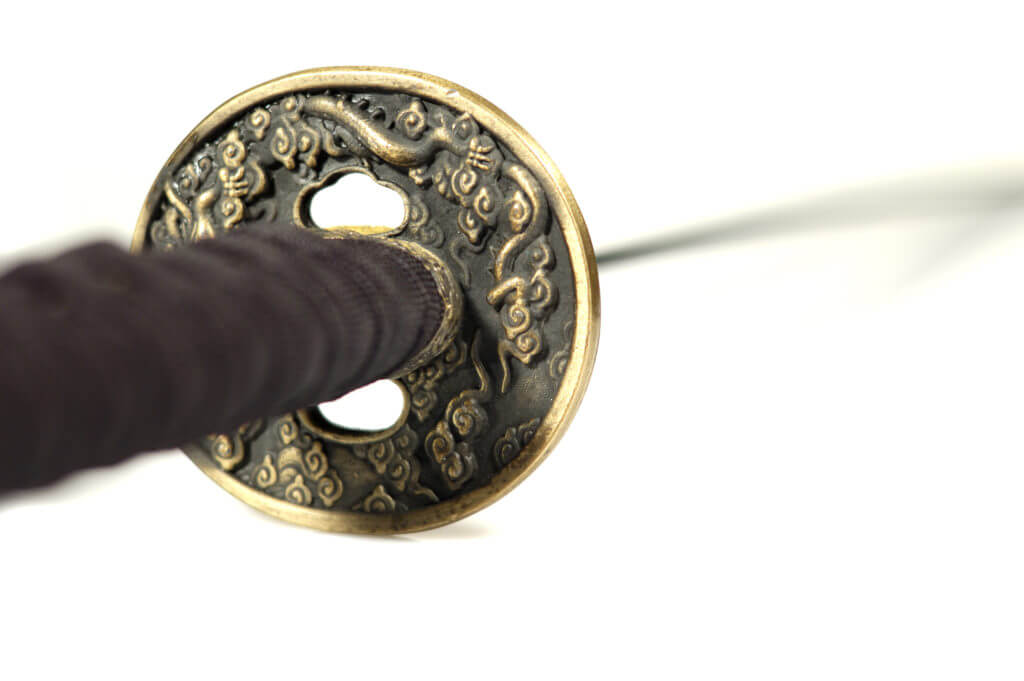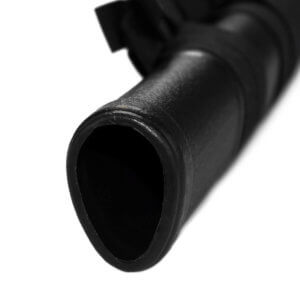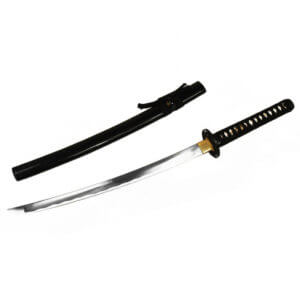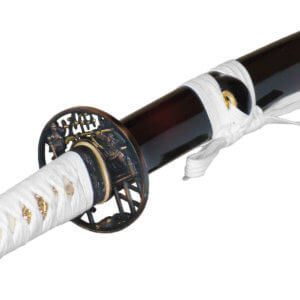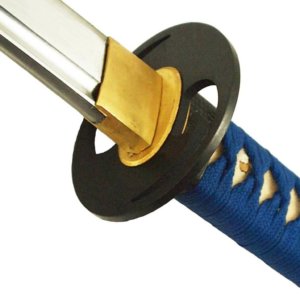Basically, many materials, jigane, are used for the production of tsuba. A distinction is made between iron and soft metals. Here are some examples of materials used.
Iron tsuba or steel tsuba
Strictly speaking, most of the tsuba in this group are steel tsuba. However, the term iron tsuba has become established and everyone knows what it means.
This is one of the most commonly used materials and is very hard. The Japanese term for the material is tetsu.
Copper Tsuba
Copper is the most important soft metal for the production of tsuba. The addition of other materials results in numerous alloys.
Shakudo
Shakudo is the most commonly used alloy, consisting of copper with an admixture of approx. 5% gold.
Shibuichi
This is the second most commonly used alloy, consisting of 75% copper and 25% silver.
Yamamagane and Suaka
These are both designations for pure copper, the first as unprocessed raw material, the second as processed copper.
Shinchu
The name for brass, an alloy consisting mainly of copper and zinc. There are hardly any natural zinc deposits in Japan, which is why it used to be a very expensive material.
A large proportion of the tsuba produced in China today is also made of brass.

